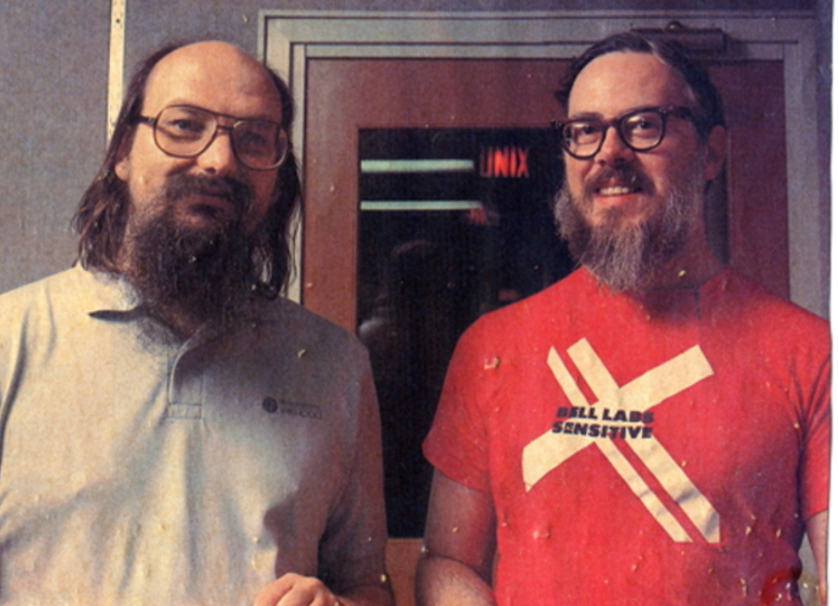HISTORY OF C
Where's standard?
C was originally developed by Dennis Ritchie between 1969 and 1973 at Bell Labs, and used to re-implement the Unix operating system.

It has since become one of the most widely used programming languages of all time, with C compilers from various vendors available for the majority of existing computer architectures and operating systems. C has been standardized by the American National Standards Institute (ANSI) since 1989 (see ANSI C) and subsequently by the International Organization for Standardization (ISO).
C is an imperative procedural language. It was designed to be compiled using a relatively straightforward compiler, to provide low-level access to memory, to provide language constructs that map efficiently to machine instructions, and to require minimal run-time support. Despite its low-level capabilities, the language was designed to encourage cross-platform programming. A standards-compliant and portably written C program can be compiled for a very wide variety of computer platforms and operating systems with few changes to its source code. The language has become available on a very wide range of platforms, from embedded microcontrollers to supercomputers.
EARLY DEVELOPMENTS
Uses and libraries
The development of C started in 1972 on the PDP-11 Unix system and first appeared in Version 2 Unix. The language was not initially designed with portability in mind, but soon ran on different platforms as well: a compiler for the Honeywell 6000 was written within the first year of C's history, while an IBM System/370 port followed soon. Also in 1972, a large part of Unix was rewritten in C. By 1973, with the addition of struct types, the C language had become powerful enough that most of the Unix kernelwas now in C.

C is widely used for system programming in implementing operating systems and embedded system applications, because C code, when written for portability, can be used for most purposes, yet when needed, system-specific code can be used to access specific hardware addresses and to perform type punning to match externally imposed interface requirements, with a low run-time demand on system resources.
C can also be used for website programming using CGI as a "gateway" for information between the Web application, the server, and the browser. C is often chosen over interpreted languages because of its speed, stability, and near-universal availability.
One consequence of C wide availability and efficiency is that compilers, libraries and interpreters of other programming languages are often implemented in C. The reference implementations of Python, Perl and PHP, for example, are all written in C.
The most common C library is the C standard library, which is specified by the ISO and ANSI C standards and comes with every C implementation (implementations which target limited environments such as embedded systems may provide only a subset of the standard library). This library supports stream input and output, memory allocation, mathematics, character strings, and time values. Several separate standard headers (for example, stdio.h) specify the interfaces for these and other standard library facilities.